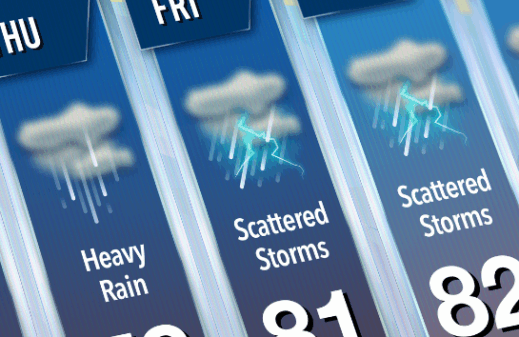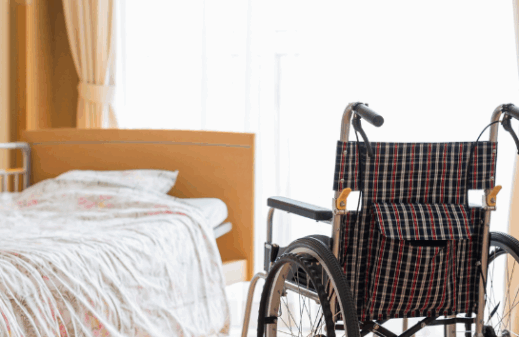Many older adults are afraid of losing their independence. Being able to move around is a critical element of independence. Plus, it promotes good physical and mental health. However, older adults may suffer from declining mobility that puts them at risk of falling. Fall prevention at assisted living facilities therefore requires a balance between assessing mobility issues and supporting independence.
Balancing the Need for Independence with Declining Mobility
Fall risks can be easy to overlook, especially if the resident isn’t frail.
In one example, a female resident was discharged from the hospital after a long stay. She had a complicated medical history and received physical therapy while in the hospital. Despite this, the discharge instructions did not mention anything about the need for a walker, cane, or other mobility device.
The resident was clearly unstable on her feet, but she was also alert, well oriented, and fiercely independent. Additionally, her discharge instructions indicated that she needed to walk around as much as possible to regain her strength. Therefore, the staff did not stop her from moving around, despite her apparent instability.
Three days after admission, the resident fell and was seriously injured. A review of the circumstances contributing to the fall revealed that the resident had previously used a cane, but she never mentioned this and the staff either didn’t know or didn’t remember.
A Lesson for All Residential Care Facilities
The story above has two important takeaways:
- Upon readmission, review prior notes and update the resident’s care plan. If the resident has been away for a while, staff may not remember certain details, such as whether the resident uses a walker or cane.
- Trust your instincts if the resident seems unsteady. Don’t simply assume that the resident is fine without an ambulatory aid because the doctor did not indicate the need for one. If there is any question, call the resident’s physician and request an order for an ambulatory aid, provide additional assistance and supervision, and ask the resident or family to sign a managed care agreement.
Preventing Falls in Assisted Living Settings
Many assisted living facility residents want to be as independent as possible. However, if they suffer an injury in a fall, they may lose this independence. Helping residents stay independent means helping them avoid falls. Fall prevention also helps facilities avoid liability.
- Take every fall seriously. Not every fall results in serious injury. However, the CDC warns that falling once doubles your chance of falling again. Therefore, you should document all falls and take them seriously. After a fall, reassess the resident’s mobility and take proper precautions to prevent future falls.
- Watch for patterns of falling. For example, does a resident tend to fall at a certain time of day or after taking a specific medication?
- Identify declining mobility. In addition to monitoring residents for signs of unsteadiness on their feet or incidents of falling, watch for issues associated with increased fall risks. According to the CDC, risk factors include the use of certain medications, vision problems, foot pain, vitamin D deficiency, lower body weakness, and difficulties walking or with balance.
- Plan for declining mobility. If a resident is suffering from declining mobility, determine what steps are necessary. This may include a mobility aid as well as the installation of handrails or grab bars. Communicate your concerns to the resident’s doctor and family, and document the steps you take.
- Remove hazards. In all cases, it’s important to remove hazards that could cause a fall. The CDC says poor footwear, broken or uneven steps, rugs or clutter that poses a tripping hazard all put older adults at a higher risk of falling.
According to the CDC, falls among older adults lead to approximately 3 million emergency department visits and 1 million hospitalizations each year. This is one of the most serious threats to older adults, but a proactive approach to declining mobility and fall prevention at assisted living facilities can help residents stay safe and maintain their independence for as long as possible.
Despite your residential care facility’s best efforts, lawsuits are a risk. That’s why it’s important to maintain assisted living care facility insurance. Tangram provides residential care facility insurance through the Personal Care & Assisted Living Insurance Center (PCALIC). Learn more.
This Article is brought to you by Tangram Insurance Services




